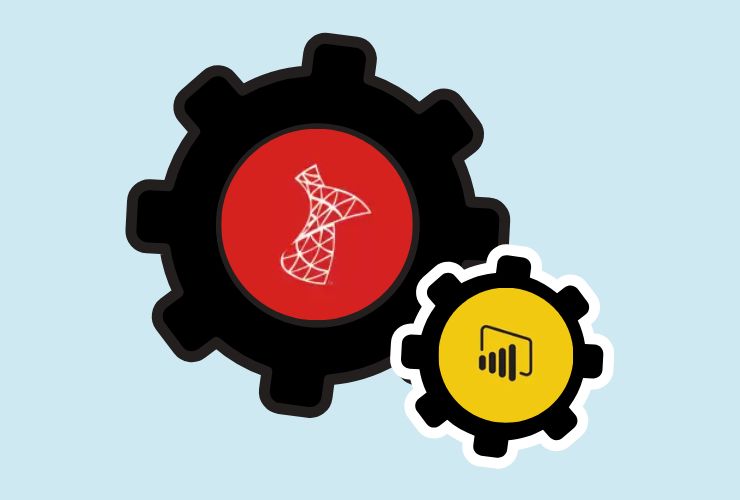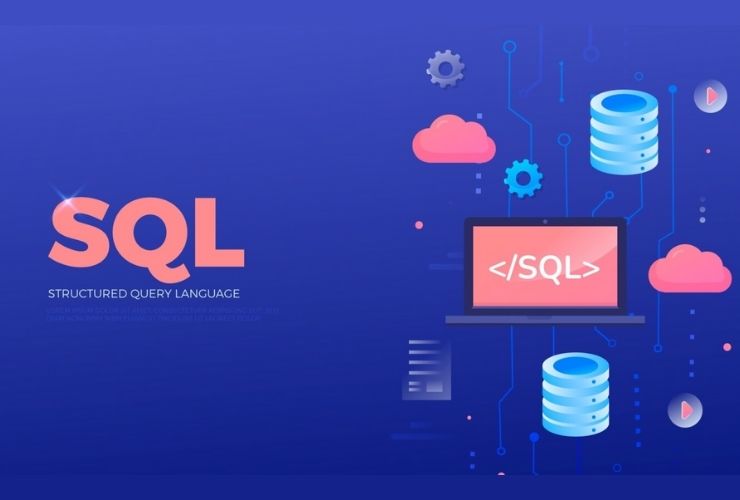Data quality is the foundation of successful data-driven initiatives. Whether you’re creating complex reports, sustaining real-time dashboards, or training sophisticated machine learning models, the quality and accuracy of your data is essential. Dirty or inconsistent data can severely impair conclusions that lead to flawed insights, poor decisions, and costly mistakes. Luckily SQL provides a very powerful and flexible set of tools that assist the data professional in going through the cleaning and preparation process efficiently and effectively. In this blog, we will review some of the most useful and well-utilized cleaning steps in SQL that any data professional can utilize to uphold the integrity and reliability of their data.
1. Trimming
As a data professional, you will often be troubled by unnecessary spaces–either at the start of text fields or at the end. Inaccessibility of spaces causes joins to fail, filters to skip records, and inaccurate grouping. SQL string functions such as TRIM, LTRIM, and RTRIM permit you to remove whitespace at the start and the end of text fields and standardize your fields for more expedient matching in joining or grouping operations.
2. Deal with NULLs using Defaults
NULLs are also a common source of problems with data, especially when they occur in important columns. NULLs can break aggregations, throw errors in calculations, and disrupt analytics tools. You can use COALESCE to substitute NULLs for defaults or placeholders so that queries and reports behave appropriately and, more importantly, your data is not missing anything.
3. Normalize Categorical Fields
Different naming conventions for categorical data, such as states, product categories, or statuses, can splinter your analysis and hinder communication. For example, “NY,” “New York,” and “N.Y.” all likely show up in the same column but refer to the same entity. You should use SQL CASE constructs or similar conditional logic to map names into a normalized version so they are common, consolidated, and provided the same authority. Clean and consistent data in reports and dashboards is important in analysis.
4. Detect and Remove Duplicates
Duplicates can inflate metrics, distort results, and confuse consumers in downstream processes and consumption. Duplicates are identified mainly when ranking or group functions are used, which will identify repeated rows based on key columns. It will have triggers that possess repeatable values for the columns that denote uniqueness. Once flagged, duplicates can be kept or removed so they represent unique rows of data as part of a dataset.
5. Remove Operation Invalids
Data Validity is vital to achieving Data Quality. Using SQL queries you can bring to light invalid or suspicious records, such as email addresses missing or converging a negative price, or wrong date formats. When identified you can review these records to correct them, or filter them out of analysis to protect against inaccurate representations of truth.
6. Standardize Text Formats
The way text is displayed can also greatly impact analysis. Drastically different text case, inconsistent capitalizing of customer names, product descriptions etc. can create duplicates and make filtering tedious or impossible. SQL provides functions to convert text to upper case, lower case or even refresh decimals. Generally, maintaining to present most easily examined and interpreted text is preferable.
7. Label Data through Raiference Tables
More often than not, raw tables of data have representations with codes or identifiers that will have no meaning. Using SQL, you can join with or refer to, validated reference or lookup tables, to Create your own descriptive labels or patches for any business context where data is missing. Adding to the action brings dimensional Value to your dataset, giving you a broader view of your work.
8. Remove Patterns with Regular Expressions
It is common for data to represent unwanted characters. At times these characters could be added specially, be HTML tags, or could even be punctuation. Using regex-based functions such as REGEXP_REPLACE we can strip out the extraneous bits and be saved back to standard field representation, like phone numbers, street names and free text authoring to be.
Why Data Cleaning is Important
Good data is central to reliable business intelligence and analytics. Clean data minimizes errors in processing, problems with wrong conclusions, and inefficiencies in your data pipelines. When the data is prepared, and continually maintained, decision-makers can rest assured that the insights provided represent Dj + good decisions and valuable strategy will inform interactions – and once again, ultimately improve your organization’s competitive advantage
How Empirical Edge can help
At Empirical Edge, we believe that data management is a key aspect of successful digital transformation. We have provided end-to-end data quality and management services that enable organizations like yours
- Data cleaning and data normalizing according to your data sets and attributes
- ETL pipeline construction and normalization to build automated data flows
- SQL query tuning and performance improvements to enhance speed of analytics
- Reporting and dashboard development to automate data delivery and tax relevant trends
After an exploration phase with our team to build a personalization and optimization framework we will continue to work with you and your business and work demonstrate your data, and the data structure is cleaned up and is working as a whole, anticipating that your data infrastructure is designed and optimized for scale, systematic management and delivery of action able intelligence.
Conclusion
Cleaning data through SQL is a fundamental and powerful approach to providing accurate and actionable business insights. Basic functions like trimming spaces, handling NULLs, normalizing data with case usage, removing duplicates, and augmenting records will provide a solid foundation for your data. Improving your data foundation improves the quality of your analysis presently and protects your data future. If you are looking to elevate your data management practices, Empirical Edge can help create a trusted data asset that drives growth and innovation.














